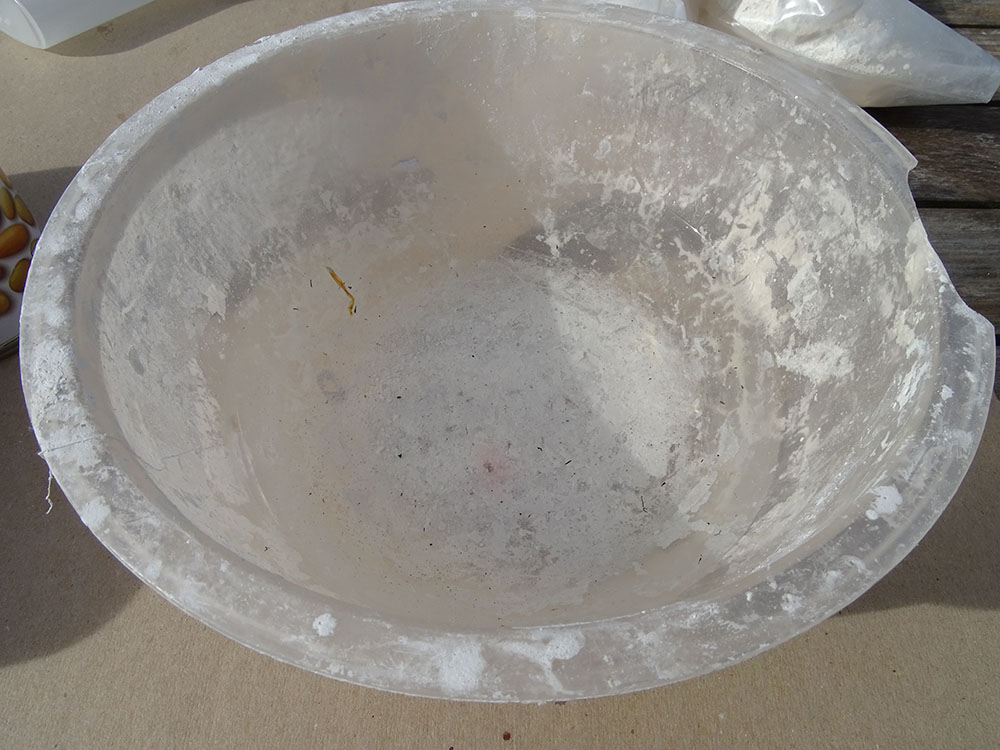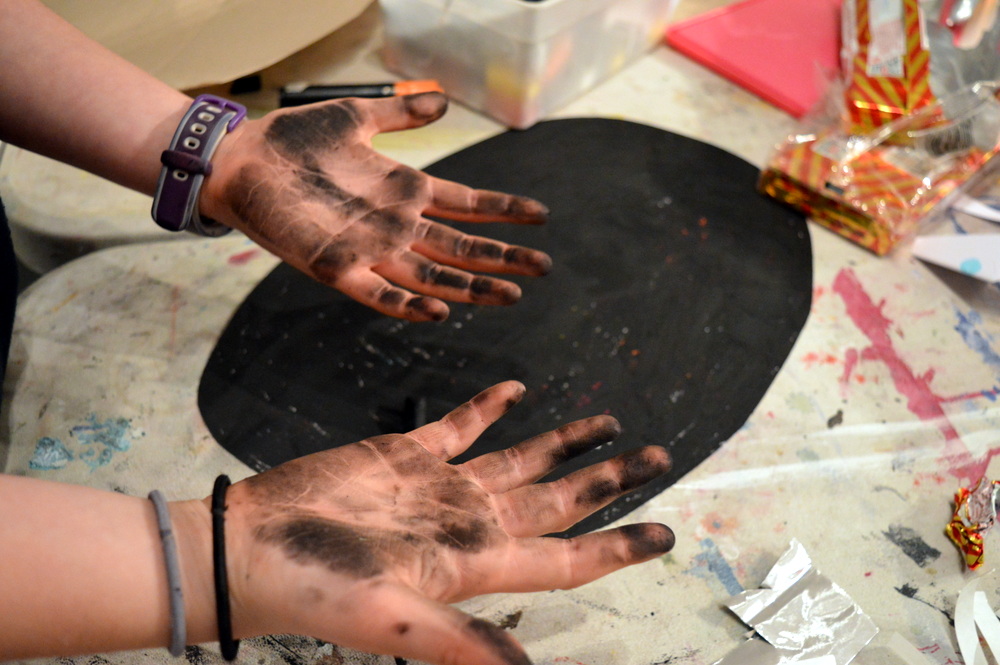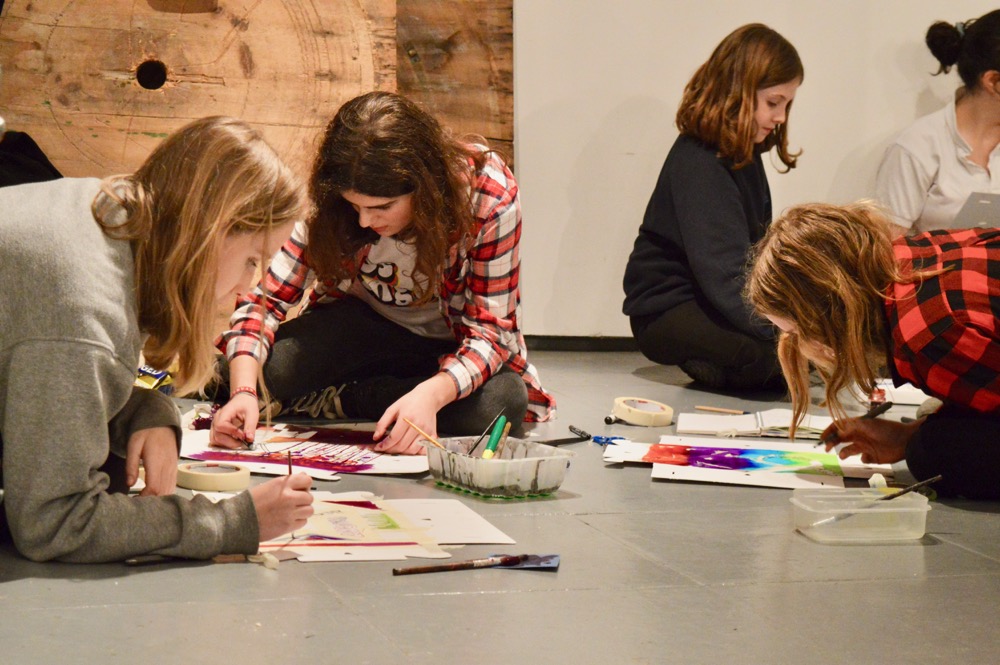Quick Guide to Mixing Plaster
This is an extract from “Make, Build, Create: Sculpture Projects for Children” by Paula Briggs, published by Black Dog Publishing 2016.
Plaster of Paris (or fine casting plaster) is produced by heating gypsum. It is used in a powder form that is then mixed with water. When the powder is mixed with water, the plaster undergoes an exothermic reaction. The plaster then hardens over time into a strong material that can still be carved.
When used with care and sensible precautions plaster can be a very useful sculptural material, even with young children. For many sculptural projects you will be able to use modroc instead of plaster (page ref), but sometimes only liquid plaster will do! In conjunction with other materials plaster can be used for modelling, casting and construction.
Follow these tips and enjoy using plaster safely as a great sculptural enabler.
Mixing Plaster
Materials and Equipment
- Plaster of Paris
- Two buckets
- Access to water
Before you mix the plaster, have your sculpture, whether it is a construction or cast, ready.
- Pour clean water into a clean bucket. You will be adding dry plaster to the bucket, so never fill the bucket to more than half full of water.

To access all content, I would like to join as…
AccessArt is a UK Charity and we believe everyone has the right to be creative. AccessArt provides inspiration to help us all reach our creative potential.


